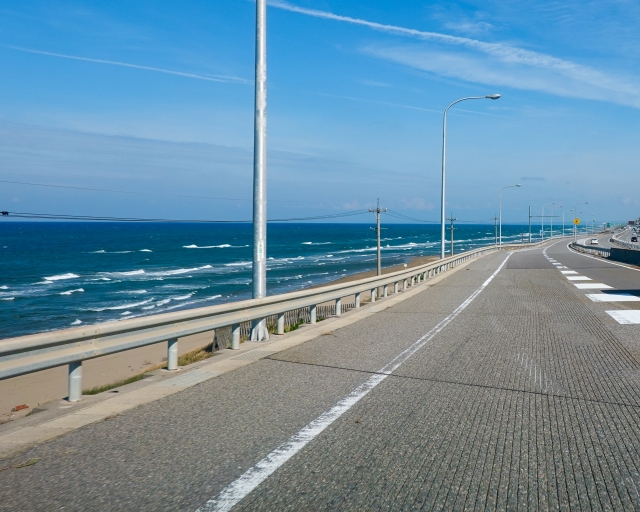Peninsula disaster prevention

30 years ago, I went to the Noto Peninsula. I received an invitation from a town at the tip of the peninsula and went on an inspection tour. At that time, there was a request to establish a rare elderly health care facility. When I went there, I found that there was only a coastal tourist road around the peninsula, with no flat land. I thought it resembled Nishi-Izu. In the end, no suitable land was found, and the project did not progress, resulting in a decline of the offer. At that time, it was necessary to stay overnight as it was impossible to make a day trip. The burden was not the distance, but the time from Tokyo. In that respect, Shimane was the same at that time. The peninsula is close to an isolated island. Although there are transportation inconveniences, the culture and consciousness of the townspeople are closed. One could also say they have a strong sense of independence. It’s understandable that there is resistance to moving to secondary evacuation centers. About 15 years ago, there were discussions about establishing special nursing homes and privatizing public hospitals on the Izu Peninsula. This, too, ended with just considerations. Local recruitment of personnel and external input were both challenging. It may not be easy to rebuild collapsed hospitals and welfare facilities in the Noto Peninsula this time. I think rebuilding in Kanazawa or urban areas is the only option. This will undoubtedly bring up administrative issues as well. It was the same in Fukushima Prefecture after the Great East Japan Earthquake. It is not realistic to rebuild hospitals and welfare facilities in the disaster-affected towns and villages exactly as they were before. Even if stakeholders understand this, politicians and bureaucrats cannot deviate from local construction plans, citing laws and the wishes of the victims. To overcome legal barriers, it is necessary to change town and village facilities to prefectural ones and rebuild them in other cities and towns within the prefecture. But that would mean the original city or town hall would lose its function. I think municipalities affected by major disasters should be made special zones of the prefecture or country and receive direct injections of national budgets. It’s also a good idea to make them huge national parks like in the United States. I believe it’s the government’s responsibility to consider new urban planning for the Noto Peninsula. No one will agree, though. Koyama G also has facilities on the Izu Peninsula. We urgently need to review disaster prevention and relief plans for the Tokai Earthquake. Disaster prevention in Tokyo is the responsibility of both the government and the Tokyo Metropolitan Government. What should Tokyo do after the Kanto Earthquake? Should it start with the reconstruction of farmland, solar power generation, airports, harbors, and Disneyland? There seems to be only despair. The private sector can only pray.
Pulse oximeter: 97, 96, 97 Body temperature: 36.6 Blood sugar: 146
To the sky and the sea
CEO of Koyama group, Yasunari Koyama
